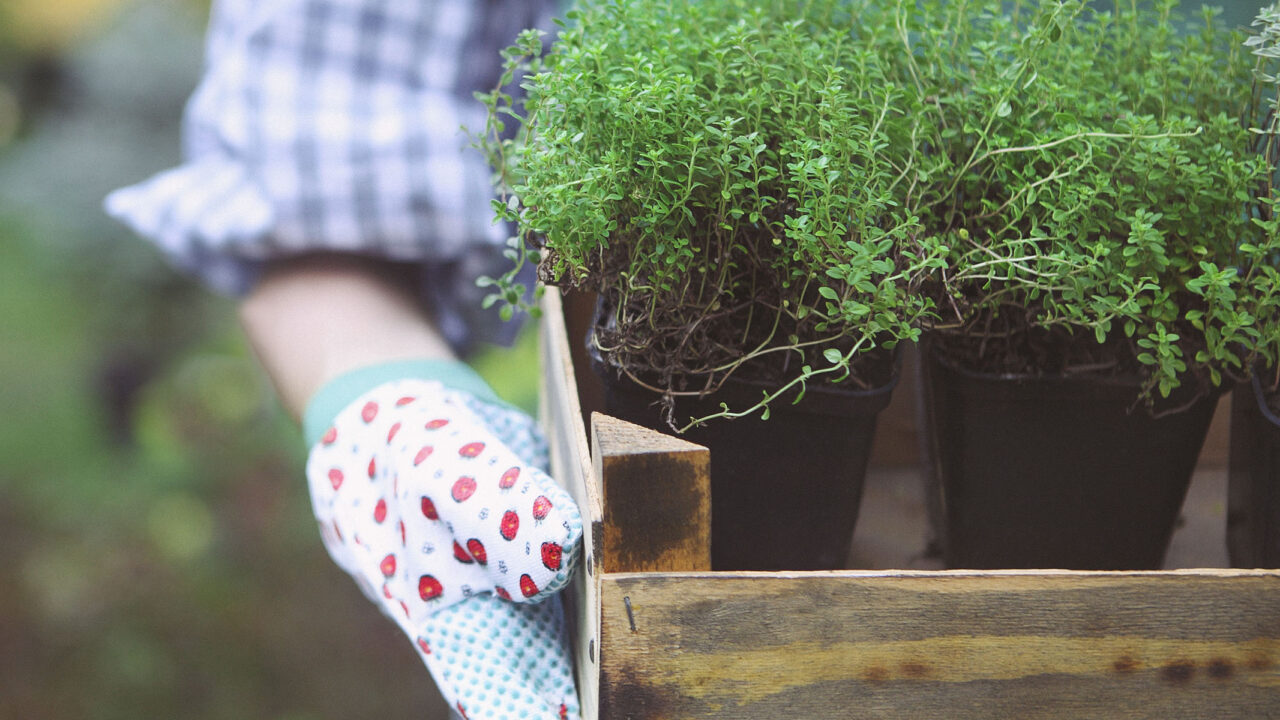Characteristics
| Hardiness zone | 6b |
|---|---|
| Foliage type | evergreen |
| Plant form | oval |
| Mature height | 70 feet |
| Spread | 50 feet |
| Light requirements | full sun |
| Moisture requirements | average to moist |
| Plant origin | North American native |
Houston's favorite garden center devoted to Texas native plants and organic gardening.
Botanical name: Quercus rysophylla
An interesting variety with tough, leathery ovate foliage that is deep green with wavy margins and rough texture; fast growing for an oak, a tough and adaptable southern tree, best for larger landscapes; prefers loose, slightly acidic soils.
Other names: Mexican Red Oak
| Hardiness zone | 6b |
|---|---|
| Foliage type | evergreen |
| Plant form | oval |
| Mature height | 70 feet |
| Spread | 50 feet |
| Light requirements | full sun |
| Moisture requirements | average to moist |
| Plant origin | North American native |
Loquat Leaf Oak has dark green foliage with lime green undersides which emerges coppery-bronze in spring. The serrated oval leaves remain dark green throughout the winter. Neither the flowers nor the fruit are ornamentally significant. However, the fruit can be messy in the landscape and may require occasional clean-up.
Loquat Leaf Oak is an evergreen tree with a shapely oval form. Its average texture blends into the landscape, but can be balanced by one or two finer or coarser trees or shrubs for an effective composition.
This tree will require occasional maintenance and upkeep, and should only be pruned in summer after the leaves have fully developed, as it may 'bleed' sap if pruned in late winter or early spring. It is a good choice for attracting squirrels to your yard. Gardeners should be aware of the following characteristic(s) that may warrant special consideration;
Messy
Loquat Leaf Oak is recommended for the following landscape applications;
Shade, Hedges/Screening
Loquat Leaf Oak will grow to be about 70 feet tall at maturity, with a spread of 50 feet. It has a high canopy with a typical clearance of 6 feet from the ground, and should not be planted underneath power lines. As it matures, the lower branches of this tree can be strategically removed to create a high enough canopy to support unobstructed human traffic underneath. It grows at a fast rate, and under ideal conditions can be expected to live to a ripe old age of 300 years or more; think of this as a heritage tree for future generations!
This tree should only be grown in full sunlight. It prefers to grow in average to moist conditions, and shouldn't be allowed to dry out. It is not particular as to soil type, but has a definite preference for acidic soils, and is subject to chlorosis (yellowing) of the leaves in alkaline soils. It is highly tolerant of urban pollution and will even thrive in inner city environments. This species is native to parts of North America.
